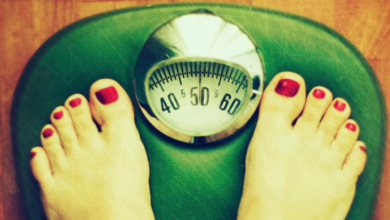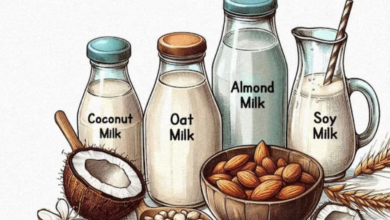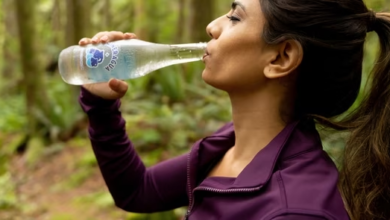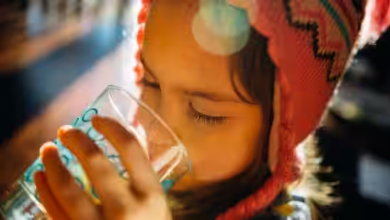Menopause might cause osteoporosis. Here’s how to lower the risk of bone loss

Post-menopausal osteoporosis is the most common problem in Asian race women which is as critical as cardiovascular disease. Osteoporosis is reduced bone mass which increases bone fragility and thus increases the tendency of fracture. Here are ways to lower the risk of bone loss
Osteoporosis literally means ‘porous bone’ and is a disease that weakens bones, increasing the risk of sudden and unexpected fractures and results in an increased loss of bone mass and strength. With average lifespan extending beyond 70 years, most women will spend more than one third of their life beyond the menopause transition period thus, the health of menopausal women becomes prime concern worldwide.
Menopause is a natural physiological phenomenon resulting from ovarian failure as ovarian function declines with age where with onset of menopause there is decrease in oestrogen hormone. During this stage, women develop prominent symptoms like hot flashes, night sweats, vaginal atrophy and dryness but besides these, osteoporosis is the most prevalent disease in menopausal women and strongly associated with low quality of life.
In an interview with HT Lifestyle, Dr Nanda Rajaneesh, General and Laparoscopic Surgeon at Apollo Spectra Hospital in Bangalore, explained, “Osteoporosis is characterised by low bone mineral density and deterioration of bone tissue resulting in bone fragility. It occurs mainly in women 10 to 15 years after menopause. The major health threat of osteoporosis is fractures which occur at the site associated with low bone mineral density commonly in the spine, hip, wrist, humerus or ribs. Patients may not know that they have osteoporosis until their bones become so weak that a sudden strain or fall causes a fracture which leads to severe back pain loss of height or spinal deformity such a stooped posture.”
Management of post menopausal osteoporosis:
Post-menopausal osteoporosis is the most common problem in Asian race women which is as critical as cardiovascular disease. Osteoporosis is reduced bone mass which increases bone fragility and thus increases the tendency of fracture.
Dr Nanda Rajaneesh advised menopausal hormonal therapy and said, “The lowest effective dose of oestrogen hormone is used to prevent bone loss. It is usually started in women less than 60 years old and/or less than 10 years post menopausal. For women greater than 60 years old and/or greater than 10 years post menopausal, medications like: Bisphosphonates- alendronate, risendronate selected oestrogen receptor modulators (SERM)- raloxifene recombinant human parathyroid hormone- abaloparatide, teriparatide injection.”
She added, “Denosumab (a monoclonal antibody that prevents bone breakdown), calcium and vitamin D should be taken as basic nutritional supplement. Adjustment of lifestyle such is regular weight bearing exercise like walking, hiking, stair climbing or jogging. 30 minutes of regular exercise at least 3 to 4 days a week along with a healthy diet may increase or maintain bone mass. Eating foods high in calcium like, milk, fish, green leafy vegetables and ragi. Quitting smoking and alcohol and strategies for prevention of falls can also play a vital role.”
Dr Vanaja Shivkumar, Senior Consultant at Milann Fertility and Birthing Hospital in Bangalore’s Kumara Park, recommended, “We can prevent osteoporosis by maintaining adequate dietary calcium, and vitamin D, exercising, avoiding alcohol and smoking, and having a healthy lifestyle is important. The people who are at risk are mainly post-menopausal women, ones with a family history of osteoporosis, from the Asian race with low body weight, thin-built females (because of the lack of estrogen), women on steroids medication, with consumption of alcohol and tobacco, immobility and other medical conditions.”
Highlighting that avoiding all these itself falls under preventive measures for osteoporosis, she revealed, “The pillars of osteoporosis treatment are a balanced diet along with prunes which are rich in calcium and minerals, low-fat dietary products like milk and yoghurt, rich in calcium and vitamin D, all sorts of beans rich in copper, magnesium and minerals, cabbage, broccoli, fatty fish and other green leafy vegetables rich in calcium and magnesium. Lifestyle modifications like bone strengthening exercises involving all the joints, and regular and minimal sunlight exposure. There are medications to slow down bone breakdown, that as estrogen. Selective estrogen receptor modulators but these medications will not prevent hip fracture and also there is a risk of clotting.”







